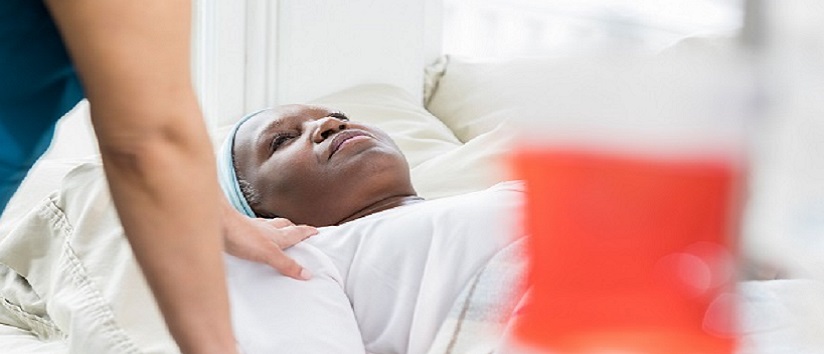People with a learning disability are almost four times more likely to develop non-COVID-19 related sepsis and are at higher risk of dying within 30 days, according to new research.
The study, published in the journal eClinicalMedicine, analysed 248,767 non-COVID-19 sepsis cases between January 2019 and June 2022, matched with 1,346,166 controls, and found that the most socio-economically disadvantaged groups were almost twice as likely to die from sepsis within 30 days.
The researchers say their findings highlight the urgent need for sepsis risk prediction models that take into account chronic disease status, deprivation and learning disabilities in addition to the severity of infection. They also highlight the need to improve sepsis prevention, the importance of considering factors commonly associated with health inequalities, and the need to target antibiotics more precisely.
Co-author Professor Tjeerd van Staa from the University of Manchester said: “We believe this study provides comprehensive data and insights that are relevant to healthcare systems around the world. It highlights the urgent need for sepsis risk prediction models that take into account chronic disease status, deprivation and learning disabilities, in addition to the severity of infection.”
“Sepsis remains a major concern globally, so understanding risk factors for clinical and health disparities is essential to understanding at-risk cohorts and effective public health mitigation measures. There is an urgent need to improve sepsis prevention, including by more precisely targeting antibiotics to high-risk patients.”
What is Sepsis?
Sepsis occurs when the body’s immune system overreacts to an infection and begins to attack the body’s own tissues and organs. Sepsis accounts for a significant percentage of deaths worldwide each year. Symptoms are similar to flu and include severe shortness of breath and high fever. In the UK, around 80% of cases are thought to occur outside of hospital.
This study is the first to analyze the variations in the incidence of non-COVID-19 sepsis before, during, and after the COVID-19 pandemic in a large population.
The study found that incidence rates declined during the COVID-19 pandemic, likely due to reduced social interactions and changes in healthcare delivery that reduced the risk of non-COVID-19 infections, but infection rates returned to pre-pandemic levels in April 2021 after the national lockdown was lifted.
Dr Colin Brown, head of antimicrobial resistance and sepsis at the UK Health Security Agency, added: “Serious infection and sepsis can happen to anyone, but our data increasingly highlights the complex interplay between socio-economic status, underlying conditions and sepsis risk.”
“Our research finds that some people, including those from the lowest socio-economic groups, are more likely to die from sepsis than others, and that people who need to take antibiotics more often are at greater risk. Tackling inequalities is a core part of our public health approach, and better understanding who serious bacterial infections affect can help us most effectively target interventions to tackle them.”
The research is funded by the UK Health Security Agency, the UK Health Data Research Agency and the National Institute for Health and Care Excellence Manchester Biomedical Research Centre.

